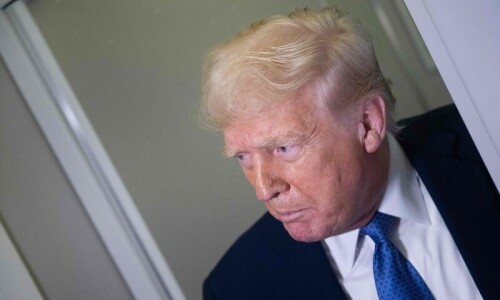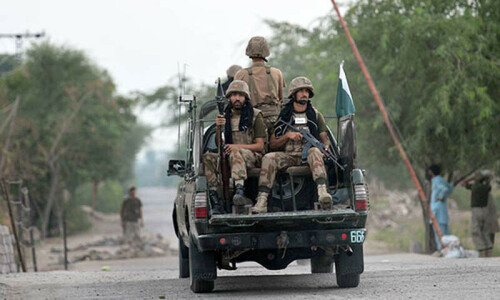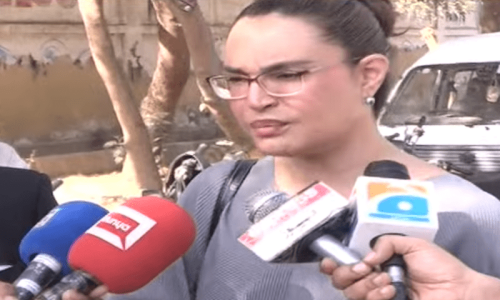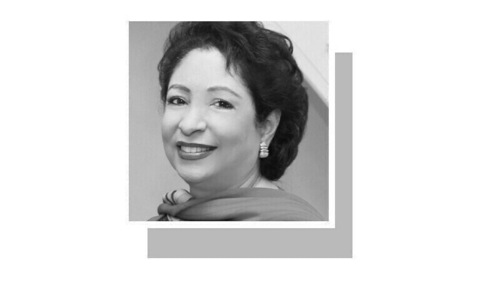Qatar — a small Arab nation with a population of less than three million — is almost entirely sand, with a combination of arid desert and a stunning long coastline making up the bulk of its terrain. Its capital is the flamboyant city of Doha, boasting a magnificent skyline and man-made archipelagos. It boasts one of the most successful airlines in Qatar Airways, one of the most widely spread journalist networks in Al Jazeera, and the highest per capita GDP in the world. And, in less than a year, it will host one of the biggest sporting competitions in the world.
SPORTING ASCENT
In the world of sports, Qatar has never been among the biggest names. The men’s national football team won the Gulf Cup in 1992 and followed it up in 2004, and that is it.
Things began to change in 2006, when it successfully hosted the Asian Games. And then it struck gold. The national airline went on to sponsor European footballing powerhouses in FC Barcelona and AS Roma. A Qatari businessman’s venture by the name of Qatar Sports Investments bought the French club PSG and turned it into one of the best teams in Europe. Spanish legend Xavi followed in his manager Pep Guardiola’s footsteps to play in the Qatar Stars League with Al Sadd and then managed it upon his retirement from the game.
If we try and pinpoint one event which changed the course of Qatari sports and catapulted it into the front row globally, it would be the awarding of the 2022 FIFA World Cup to the country in 2010.
Qatar became the smallest nation ever to win the hosting rights of the tournament, the first Arab country to get selected to host a global sports-fest, and the host of only the second World Cup to be played on Asian soil. It also meant Qatar would qualify directly for the tournament, despite having never played at this stage before.
And then there were the investments in Barcelona and PSG. Foreign players coming into the Qatari league meant more exposure for their local players and, indeed, Qatar won the Asian Cup for the first time in its history in 2019 to back up its status as a direct qualifier for the 2022 World Cup. Qatar was then given the hosting rights of the 2019 and 2020 FIFA Club World Cups, events that were followed with keen interest because they provided an insight into Qatar’s preparations for the mega event.
It is less than a year to the FIFA World Cup 2022, to be hosted by Qatar. As we look forward to the grand sporting event, let’s look back at how we got here…
And it’s not just in football that they’ve progressed so quickly. Qatar hosted the IAAF World Athletics Championship in 2019, an event we celebrate for Arshad Nadeem’s booming arrival on the world stage there. Qatar won an Olympic gold medal for the first time in their history in Tokyo 2020 when Fares El-bakh won the men’s 96kg category in weightlifting.
Mutaz Essa Barshim followed him up by improving on his silvers in high jump in London 2012 and Rio 2016 to make it a World and Olympic double, having also won the gold in his hometown during the 2019 World Championships.
Abderrahman Samba, a 400m hurdler, ran the second-fastest time in history in 2018 before finishing with a bronze in the 2019 World Championships.
And on the eve of the one-year countdown to the FIFA World Cup 2022, Qatar hosted its first ever Formula 1 race. While all of Qatar’s sporting achievements cannot be deemed as directly influenced by the World Cup, the sudden ascent is not just a mere coincidence.
ROUGH ROAD TO 2022
One of the first roadblocks the Qatari delegation had to face was the accusation that an unfair vote had handed them the hosting rights of the World Cup. It was alleged that the Qatari government had paid handsome sums to other countries to persuade them to vote for them. A senior vice-president of FIFA appeared to have personally benefitted monetarily from the decision to award Qatar the tournament. The Qatari delegation denied all charges, and a probe by FIFA cleared their bid as legitimate.
Upon receiving the right to host one of the greatest sporting galas in the world, Qatar planned to splash its extravagant resources and announced that it would utilise 12 stadiums during the tournament. Out of the 12, nine would have had to be built from scratch and three would have been refurbished. However, a couple of years down the road, they went back on those aspirations and reduced the number to eight.
The eight stadia chosen, however, are pieces of art. A wondrous combination of Arab culture blended into jaw-dropping exquisite architecture, the finished structures are examples of engineering masterclasses. All the stadiums have built-in cooling mechanisms to battle the intense heat in the Arabian desert. Given the fact that one of the stadiums is entirely ‘demountable’ — which means it’ll be taken down after the tournament — and a lot of the parts of the other stadiums will be donated to developing countries to boost their sporting infrastructure, the work done behind the scenes is extremely commendable.
But all this magnificence came at a cost. Yes, of course the government had to splash a lot of cash to make this a reality, but there was also another cost to this project. According to a report published in the Guardian, the majority of workers working on these lavish projects were illegal migrants who lived in deplorable conditions.
A survey by a law firm dove deep into the treatment workers received from government authorities, prompting a lot of pushback from various human rights organisations. In another report by the Guardian, it was outlined that some workers had not been paid for months on end. This forced the Qatari government to step in and revoke tenders of vendors who were regular offenders, and even threaten them with prison sentences. An electronic payment system monitored by the government was launched in 2015, to ensure the provision of salaries.
The next dispute came over the playing conditions during the traditional window of the World Cup. Temperatures in Qatar during June and July can reach a staggering 50°C, rendering the conditions unplayable, even with the cooling mechanisms installed within the stadiums.
After extensive discussions, FIFA decided to change the dates of the tournament to November and December, which would disrupt the schedule of all European leagues. But it does mean that it will be the first FIFA World Cup to be played in winters, a fact showcased in the official emblem of the tournament, which features a shawl.
QUALIFICATION
The qualification for the tournament took the standard route. Qatar, as hosts, directly qualified for the tournament and will feature in the finals for the first time.
In the European qualifiers, defending champions France have made it through. The 2014 winners Germany, 2010 winners Spain and 2018 finalists Croatia also topped their groups to book their tickets. The golden generation of Belgium will also be heading to Qatar for presumably their last chance to bring the world title home. Other European nations to have qualified include Denmark, England, Netherlands, Switzerland and Serbia.
From South America, Brazil has maintained its record of qualifying for every FIFA World Cup. And joining them will be its arch-nemesis Argentina, spearheaded by Lionel Messi, fresh from his record 7th Ballon d’Or victory.
The African, Asian and North American qualification groups are still underway, and we will have more teams from Europe and South America joining us too. But the most exciting plot is that only one of the last two European champions can make it to the finals, as both Italy and Portugal have been drawn into the same playoff bracket. It’s a bombshell that we might not have Cristiano Ronaldo in the World Cup.
The writer is a sports enthusiast with a background in supply chain management.
He tweets @tahagoheer
Published in Dawn, EOS, December 12th, 2021
















































